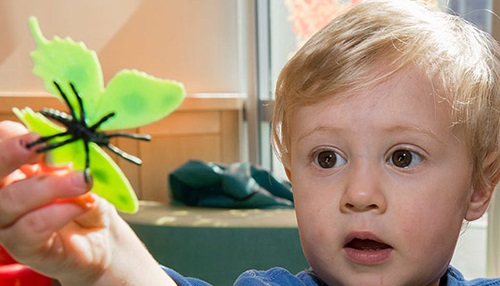How to Safely Get Your Child's Ears Pierced
Featured Expert
While it’s very common for girls—and boys—to get their ears pierced, that doesn’t mean it’s a foolproof process. Rachel Dawkins, M.D., medical director and director of Clinical Experiences for Physicians in Training at Johns Hopkins All Children’s Hospital explains the do’s and don’ts of ear piercing.
What’s the most important thing to know if considering piercing your child’s ears?
It’s crucial to make sure the procedure is done safely, with sterile equipment, and that you know how to properly care for the new piercings at home. Some pediatricians’ offices will pierce ears for a small fee or you can go to a reputable jewelry store. If you do go to a store, like at the mall, make sure the person is trained and using sterile equipment. The new earrings should be gold or sterling silver.
What is the best age to pierce ears?
This is controversial. The American Academy of Pediatrics recommends postponing ear piercings until children are mature enough to take care of the pierced site by themselves. However, some cultures believe in piercing ears as an infant.
I would recommend waiting until 3 or 4 months old, when the child has at least one or two sets of vaccines. At that age, if they get a fever it is not as concerning as when they are newborns.
How do you care for new piercings? What should I look out for? The person piercing the ears should give after care instructions but in general:
- Cleaning the area around the new piercing with alcohol—you can use a cotton swab if needed
- Rotate the earring gently.
- Keep your new earrings in for six to eight weeks before changing out for a new pair
- Avoid hoop or dangling earrings in babies and kids. They can pull on them and rip the earlobe.
- If you see any redness, pain, puss or swelling more than a day after the piercing, call your pediatrician.
General Pediatrics at Johns Hopkins All Children's Hospital







